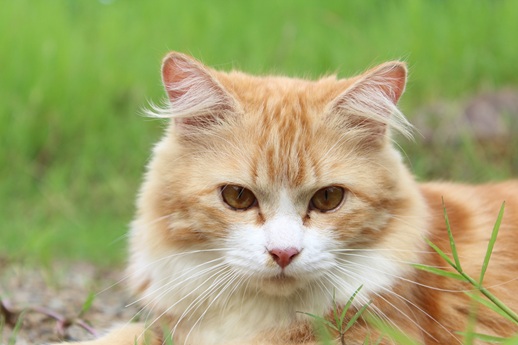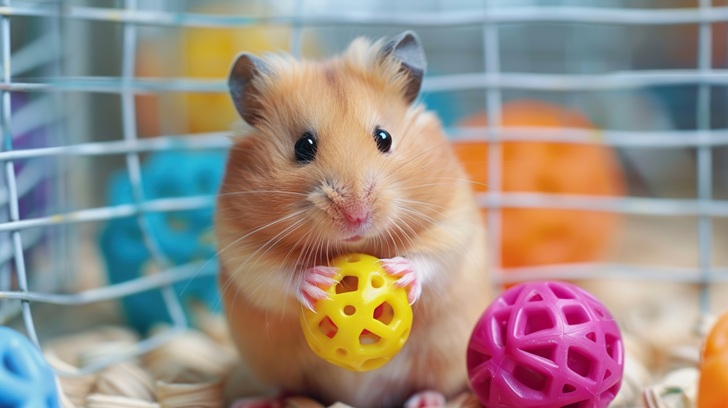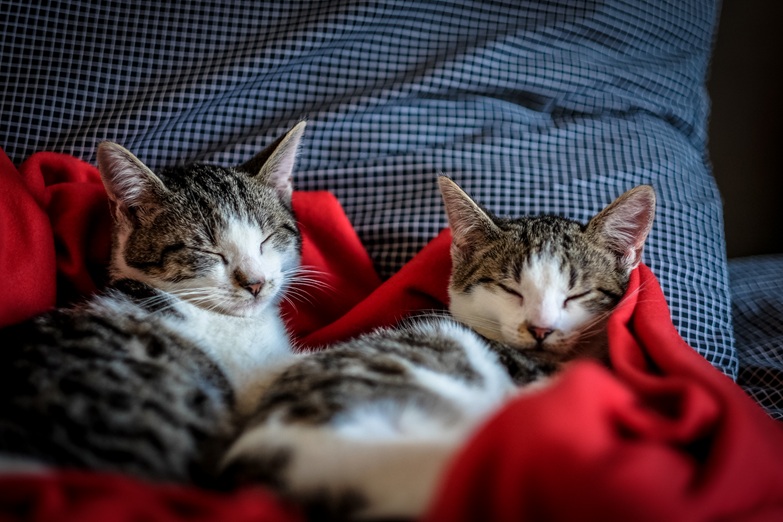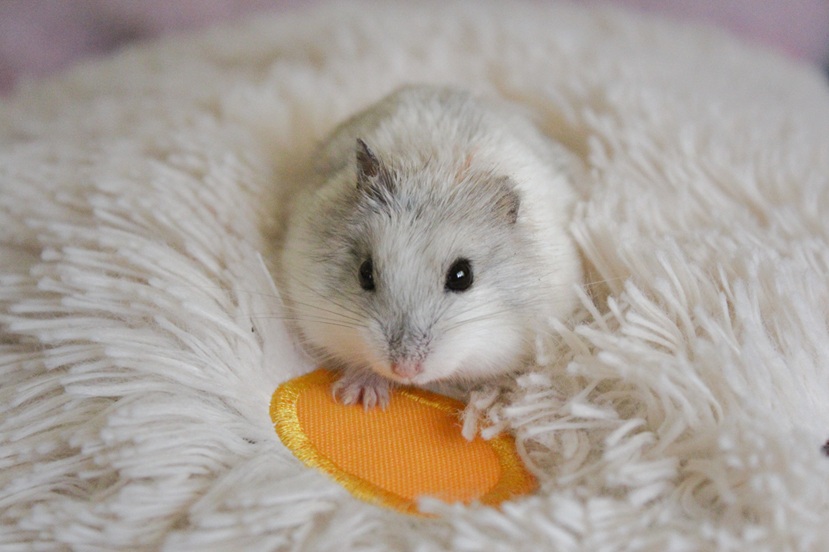Catnip Isn’t a Drug—It Just Gives Your Cat a 15-Minute Dream Date
Imagine catnip as a slightly mischievous match-maker: “I only set up a quick romantic rehearsal, yet humans keep calling me a dealer.” Let’s unpack this 15-minute dream date—molecule by molecule, neuron by neuron.

Frequency: once or twice a week to avoid habituation. Dosage: a pinch of dried leaf (think thumbnail size) is plenty; more may cause brief vomiting. Formats: • DIY sachets—microwave 10 s to volatilize oils; • Alcohol-free sprays on scratching posts; • Living pots for on-demand nibbling. Plan B: silver vine (matatabi) or valerian root works for 80 % of non-responders.
Nepeta cataria, a mint-family perennial, wears heart-shaped leaves with serrated edges and tiny lavender blooms in summer. Its power lies in microscopic leaf glands that pump out nepetalactone, a bicyclic monoterpene.
The key: nepetalactone docks into TRPA1 receptors inside the feline vomeronasal organ. • The rush: signals shoot to the amygdala and hypothalamus, triggering a mating-like frenzy—rolling, cheek-rubbing, bunny-kicks, even drooling. • The cooldown: effects vanish in 5–15 min with zero withdrawal or tolerance buildup; toxicity is rarer than a cat that enjoys belly rubs.

Humans can brew catnip tea for mild sedation or use it as a DEET-level mosquito repellent. The FDA labels it GRAS, but pregnant people should skip it. Don’t expect to get high—our brains lack the right lock.
Nepetalactone mimics a pheromone backbone found in tom-cat urine, which may explain why males often throw the bigger tantrum.
Bottom line: catnip is a 15-minute chemical rose—safe, fleeting, and utterly harmless when dosed right. Use it wisely and it becomes the ultimate feline social currency; overdo it and it’s just another bag of dried leaves that makes your cat yawn.





